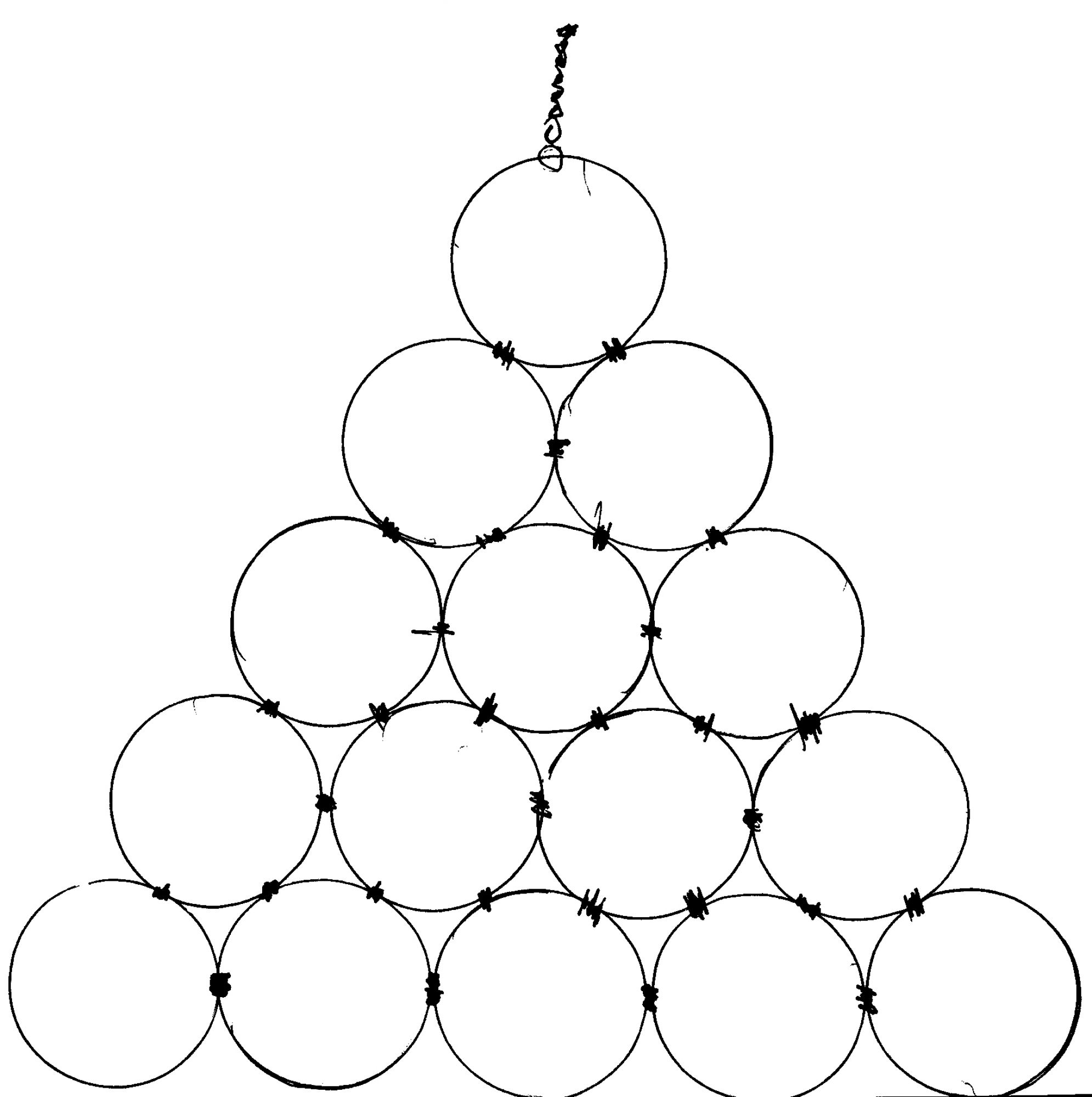

Just think spring and start planning what improvements you can make to better utilize your pastures for growing that grass crop.To meet all of your needs Yard Tuff has brought up a drag harrow that is suitable for a wide variety of jobs. Drag the used pastures every time you rotate your livestock during summer this helps control parasites and flies that like to lay their eggs in the fresh manure piles.ĭragging breaks those piles apart, exposing both fly and parasite larvae to sunlight, which drys them out and kills them, providing some natural, low-cost control of these pests.ĭon’t let the mud and unpredictable weather get you down. Monitor grass heights and move livestock to a new pasture when the grass is down to three-four inches high.Īfter moving animals to a new pasture go back and mow any weeds down to prevent them from seeding. Make sure those fence lines and watering systems are in good working order. Most of the time pastures do not require a lot of fertilizer, especially if we are handling our manure correctly, but pastures do not need a lime application some years as recommended by soil test.Īpril, May and June: once the soil starts to dry out, make sure your rotational grazing system is set up and the grass is at least six inches tall before turning livestock out. If you haven’t soil tested your pastures in the last three years, now is the time to do so. January, February and March: confine livestock to sacrifice areas to keep them off wet pastures. Calendarįinally, let’s think about putting these recommendations in a calendar form for spring and early summer. This allows the roots to become better established so that your livestock does not pull the grass plants out of the ground when eating.

A good guideline is to wait until pasture growth is 6 inches or higher before allowing livestock on pastures to graze. The biggest decision to make is spring is deciding when to start grazing. Where livestock were fed the heaviest during winter should be dragged first. This provides the proper seed-to-soil contact needed for germination and reseeding. We recommend that you drag your fields as soon as manure piles are thawed in the spring and the ground has dried enough for equipment to be on it. This prevents grasses from being smothered out by manure piles. Dragging pastures in the spring where livestock have wintered allows manure nutrients to be distributed as fertilizer. One real benefit of grazing is that 80-85% of the nutrients that livestock consume are returned to the land. A sacrifice area will give your pastures a rest and keep them from becoming compacted when soils are saturated. If you don’t have a sacrifice area for winter feeding, now is the time to start planning where to incorporate one for next winter.

Some of your local soil and water agencies have drills that are available for rent if you don’t own one. But if you can catch a dry week, using a drill is a great option to introduce some new grass to areas that may need it. It is getting late in the season for any frost seeding, and we really haven’t had the weather for it either. Are there bare spots that may need reseeded? Check fences, gates and water troughs and make sure they are in good repair and working properly. Inventoryįirst, do an inventory of your pastures.
#PASTURE DRAG HOW TO#
Now is the time to start planning how to make the most out of our grass crop in our pastures. That also means a delay in getting livestock out on those pastures.īasically, we are grass farming, and the grasses in our pastures are our crop, and we use livestock to harvest that crop. On top of this, forecasters are predicting another spring of planting delays and flooding. Unfortunately, we haven’t had frozen ground for any length of time this winter, but we have more than our share of mud, which makes calving season hard. Then came the rain that turned to snow with temps in the 20s. This past week alone, we had beautiful weather over the weekend, with sunny skies and temperatures in the high 40s. What a roller coaster of weather we have been having lately.


 0 kommentar(er)
0 kommentar(er)
